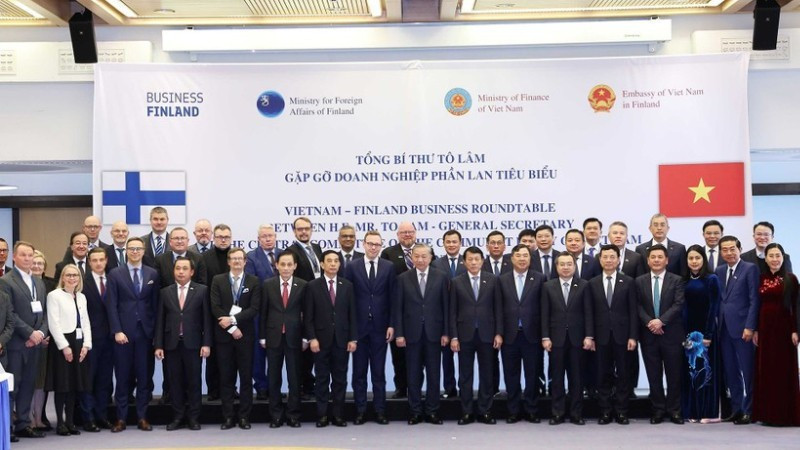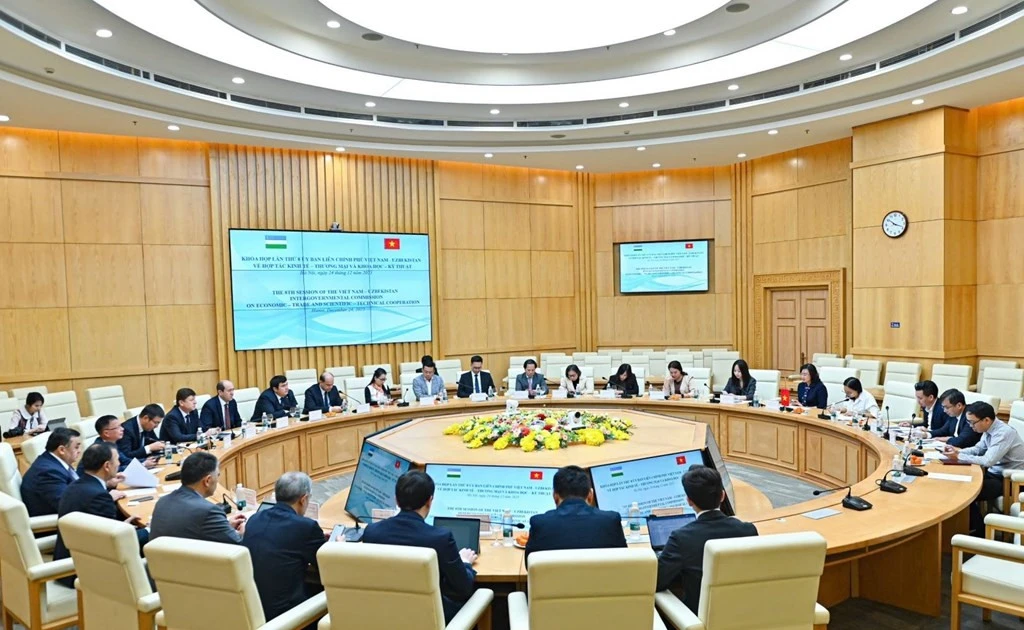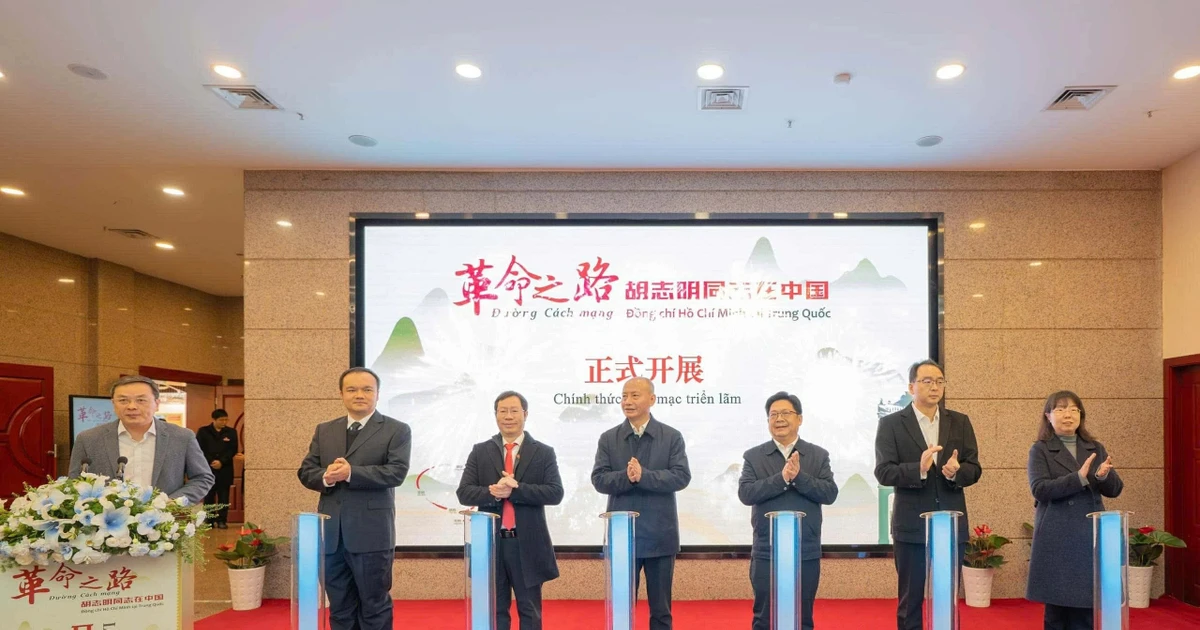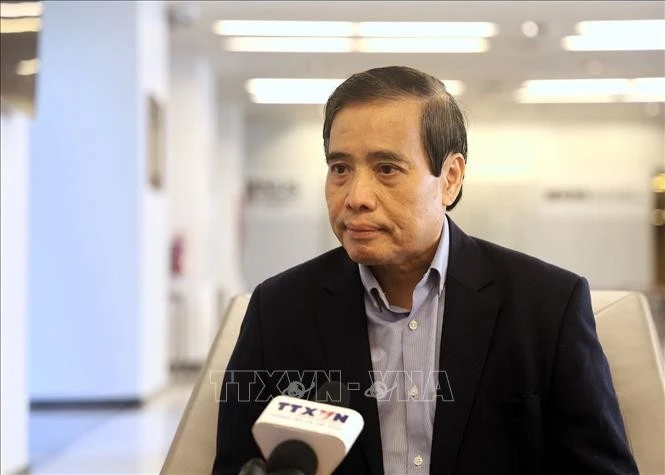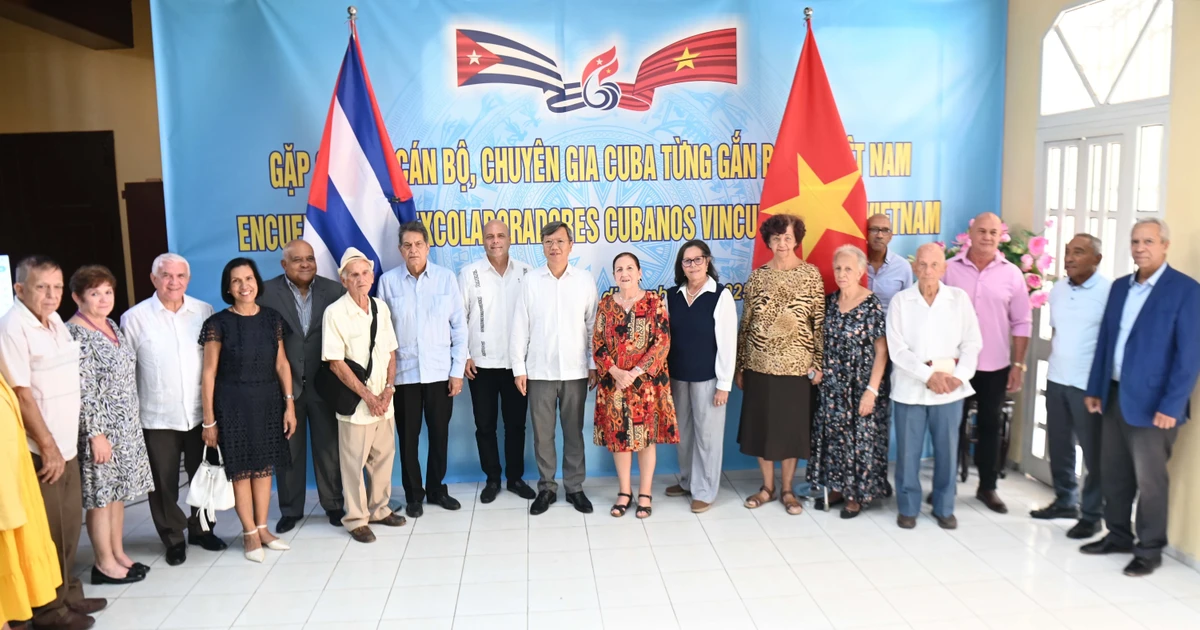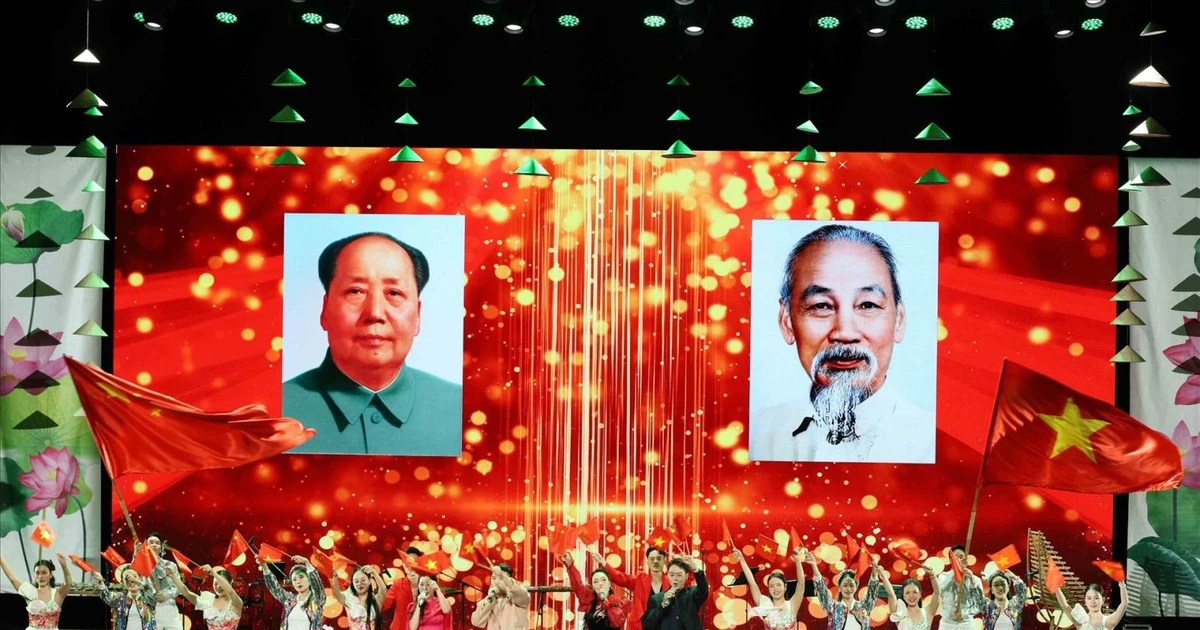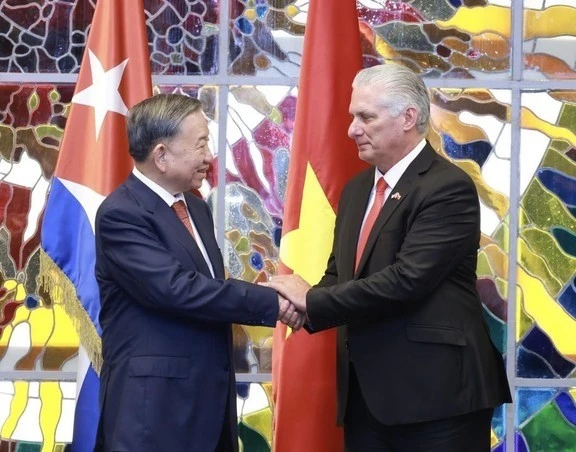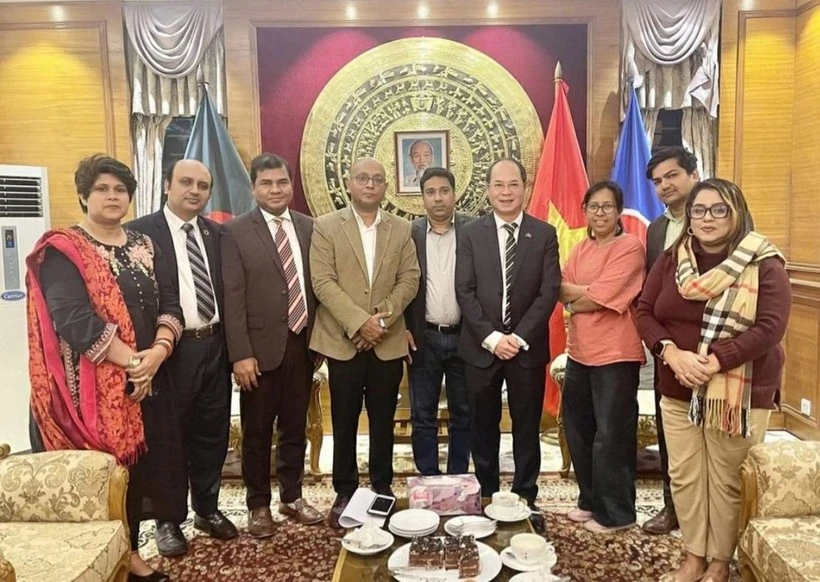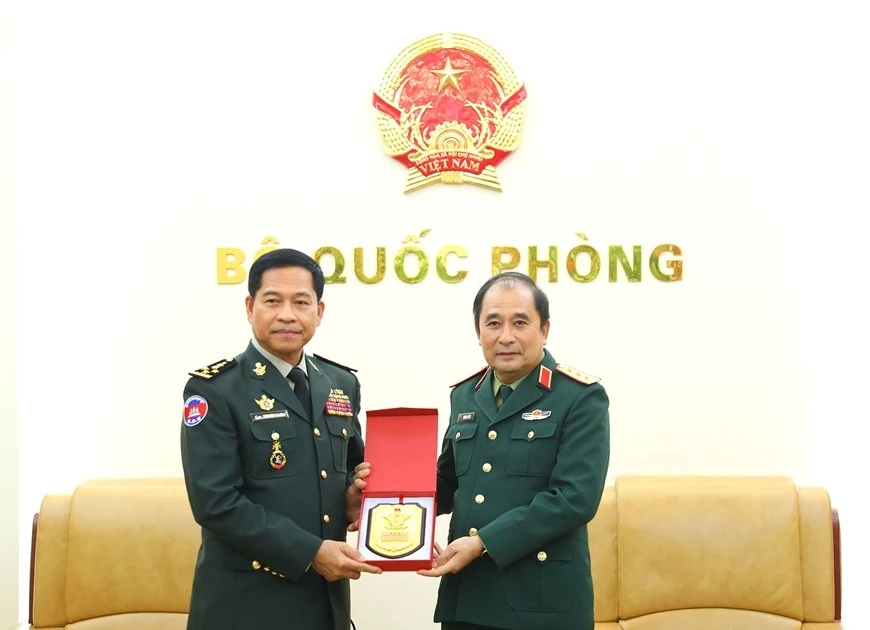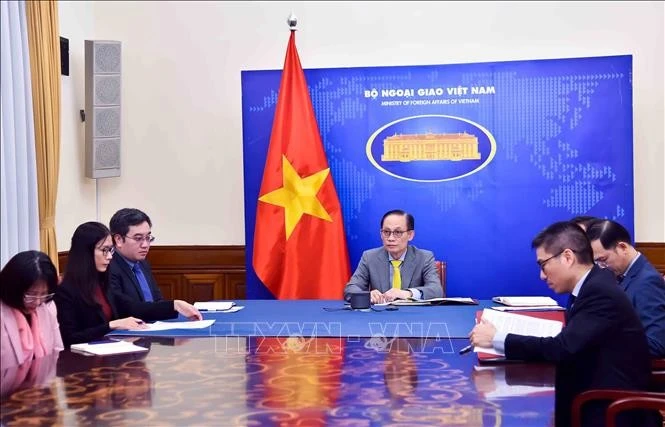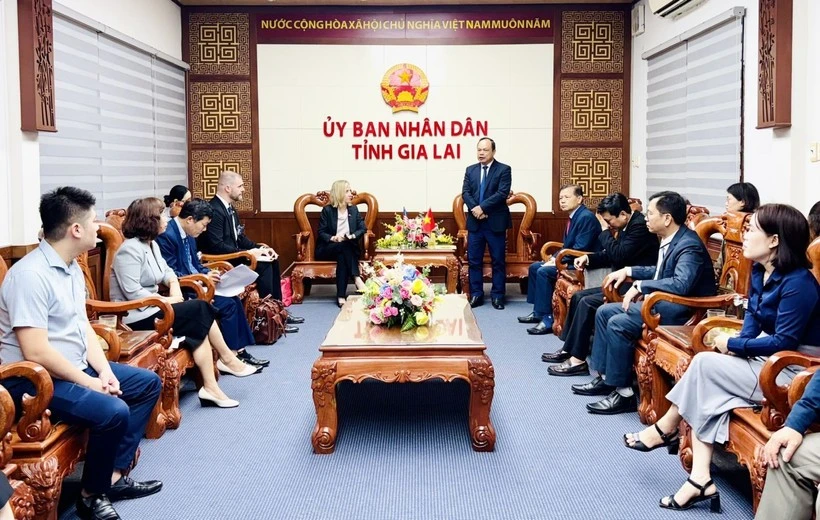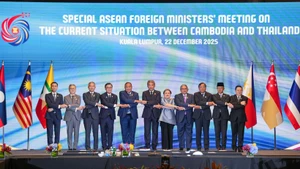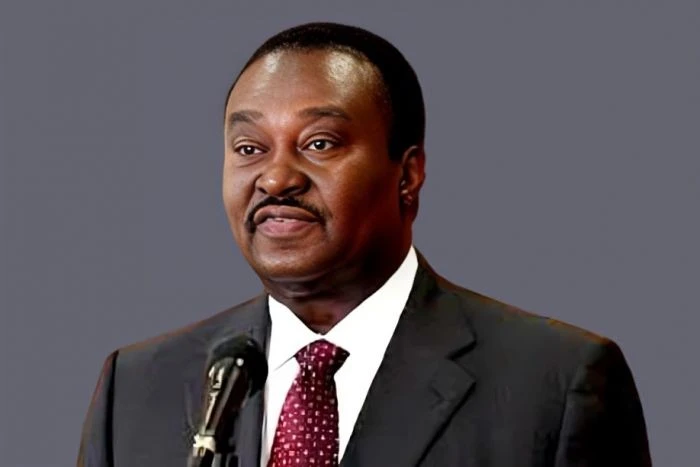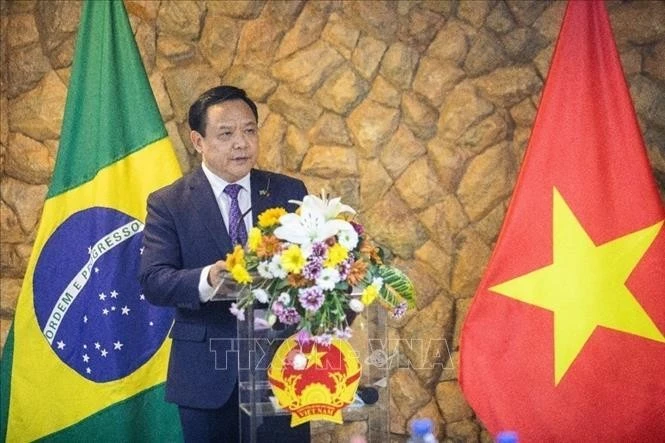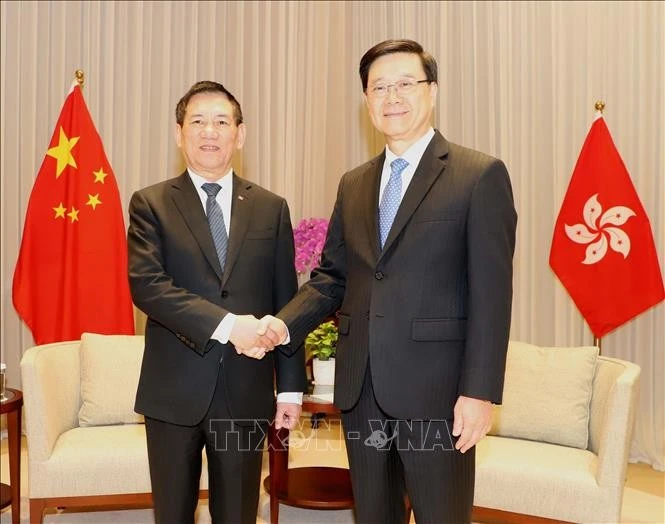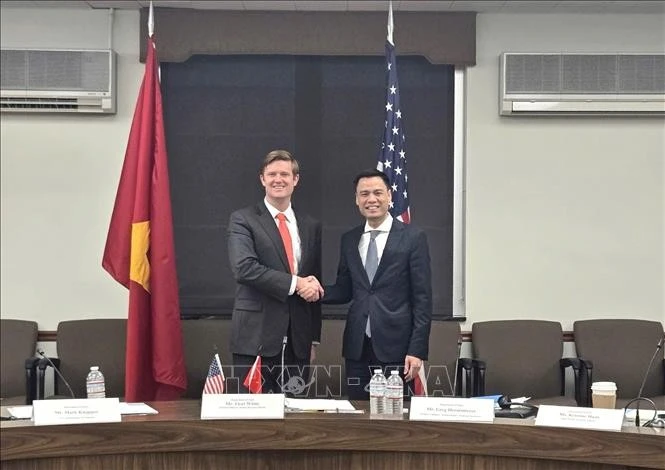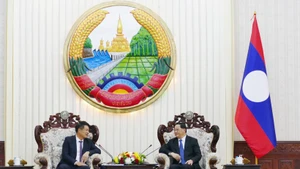These days, the capital city of Helsinki is dyed in the typical bright yellow tones of the Nordic autumn. The poetic scenery features forests of yellow and red leaves carpeting the streets and vast green lawns. A lively highlight in the scene are the quiet, slow-moving trams winding through the streets.
The unhurried pace of life, a diverse and sustainable economy, and a high quality of life make Finland a model for many countries to learn from, including Viet Nam.
Finland was among the first Nordic countries to recognise and establish diplomatic relations with Viet Nam.
During Viet Nam’s most challenging times, Finland was one of the leading donors of development aid with clean-water projects, Finnish water supply systems in Ha Noi, Hai Phong, and more.
Numerous projects in poverty reduction, climate change adaptation, forestry, and other fields carried out in localities, especially in remote areas, have played an important role in Viet Nam’s socio-economic development and the improvement of living standards.
The visit of Party General Secretary To Lam, his spouse, and the high-ranking Vietnamese delegation is the highest-level visit from Viet Nam to Finland since the two countries established diplomatic relations. It expresses the sincere appreciation and respect of the Vietnamese Party, State, and people towards Finland.
The visit of Party General Secretary To Lam, his spouse, and the high-ranking Vietnamese delegation expresses the sincere appreciation and respect of the Vietnamese Party, State, and people towards Finland.
The visit created opportunities for more comprehensive and extensive cooperation in many fields, especially potential ones such as digital economy, green economy, circular economy, science and technology, maritime affairs, renewable energy, and high-tech agriculture. These are areas in which Finland excels and has extensive experience, and that Viet Nam prioritises for development.
During the visit, Party General Secretary To Lam held a meeting with eminent Finnish enterprises, including many representatives from leading companies in circular economy, industry-energy, technology-services-infrastructure.
The participating businesses shared their cooperative ideas and projects implemented or planned in Viet Nam, expressing their hope to deepen trade relations with Viet Nam.
The enterprises not only proposed new areas of cooperation but also demonstrated long-term commitment to the Viet Nam market, including technology transfer and workforce training.
The Vietnamese Party chief called on the business communities of both countries to strengthen exchanges, connections, investment, and cooperation in fields where both sides have strengths and shared needs such as renewable energy, clean industry, environmental technology, forest resource management, education, science and technology, and innovation.
He showed great attention to proposals from Finnish businesses in the circular economy — a development model Viet Nam is determined to strongly promote. He affirmed Viet Nam’s aspiration for deeper cooperation with Finnish firms in technology transfer, experience sharing, and building industrial zones, urban areas, and value chains based on circular and zero-emission principles.
Finland is a pioneer in circular economics, with many successful models, and is striving to apply various solutions to achieve carbon neutrality by 2035.
According to the Minister of Employment of Finland Matias Marttinen, the strength of Finnish enterprises lies in technological innovation and a human-centred approach to problem-solving.
As Viet Nam is a dynamic market, Finnish businesses seek close cooperation with Viet Nam partners to jointly create business associations. Enterprises and people of both countries need to actively engage to explore new cooperative fields that bring real value.
According to foreign direct investment data from the Ministry of Finance, the Wartsila Group, one of the world’s largest energy corporations from Finland, expressed their desire to participate in the National Power Development Plan VIII and to implement the first liquefied natural gas (LNG combined renewable energy power plant project in Viet Nam, located in Ninh Binh.
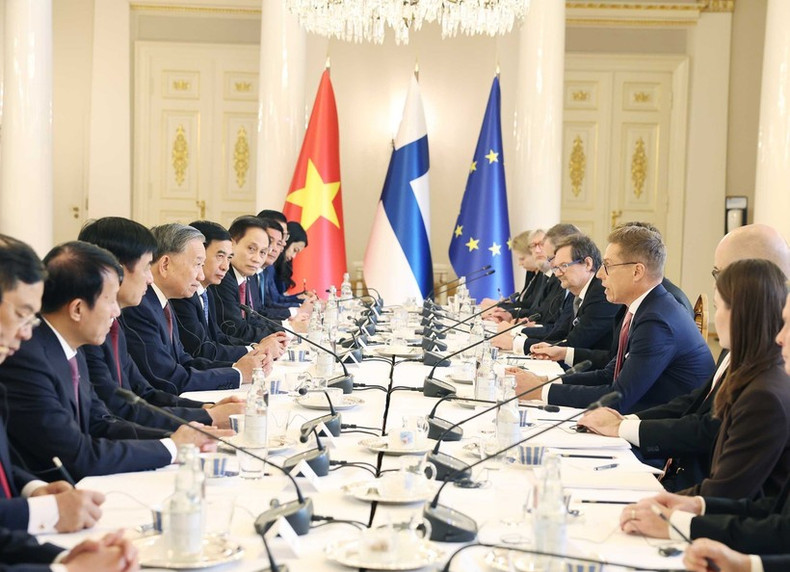
During their talks, Vietnamese General Secretary To Lam and Finnish President Alexander Stubb exchanged major strategic directions to develop bilateral relations vigorously in line with their current stature.
Both sides agreed to promote cooperation in many fields, especially those requiring accelerated development such as circular economy, green transition, sustainable maritime cooperation, digital transformation, environment, and climate change response.
In the joint statement, the two leaders agreed to strengthen energy cooperation to accelerate Viet Nam’s transition to renewable energy, focusing on energy efficiency and emissions reduction, while also committing to promote cooperation in smart urban development, green seaports, aviation, and logistics with a focus on applying high technology and automation.
Despite a developed economy, Finland faces some challenges such as limited natural resources, high labour costs, and exports not meeting expectations.
In addition to development cooperation and expanding potential markets, Finland also wants to attract high-quality labour from other countries. This aligns with the wishes of the Viet Nam community in Finland and Nordic countries.
This is about creating a “closed-loop labour cycle,” starting with training Viet Nam’s skilled workers to the host country’s standards in sectors facing shortages.
This workforce will not only help solve labour shortages but also help Vietnamese workers improve skills and accumulate international experience, becoming core experts bringing capital, technology, and industrial work ethic back home to create added value for Viet Nam’s economy.
Viet Nam has a young population and a relatively large labour market of over 52 million workers with continuously improving quality.
Looking back over the past more than half a century, the Viet Nam-Finland friendship has grown increasingly fruitful, from traditional development cooperation programmes to current projects in high technology, education, energy, and environment.
Currently, there are over 2,500 Vietnamese students studying in Finland, specialising in economics, information technology, tourism, and more. In 2025, the two sides reached a mutual agreement to move forward in sending Vietnamese workers and experts to Finland for work under conditions and standards equivalent to Finnish citizens.
Looking back over the past more than half a century, the Viet Nam-Finland friendship has grown increasingly fruitful, from traditional development cooperation programmes to current projects in high technology, education, energy, and environment.
Based on the content of the joint declaration, relevant ministries and sectors of both countries will closely coordinate to develop specific action plans to realise the major directions in order to strengthen cooperation and further develop the traditional friendship and strategic partnership between Viet Nam and Finland.
While affirming the bright future full of vast potential ahead, Party General Secretary To Lam suggested that the two countries can jointly build a model cooperation framework between an advanced Nordic economy and a dynamic Southeast Asian nation. Together, they nurture trust, overcome challenges, share development achievements, and create a new era of Viet Nam-Finland cooperation.
